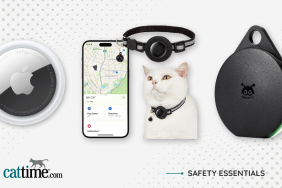May is peak spring time for many of us, but it’s also Chip Your Pet Month.
A lot of cat parents don’t know exactly what a microchip does or why it’s important for pets. Some believe that indoor cats don’t even need a microchip — or any form of identification for that matter.
However, the fact is that microchips make it much more likely for a lost pet to reunite with their humans. Petfinder cites a study that says only two percent of lost cats who entered shelters made it back to their humans. But that rate jumped up to 38 percent for lost cats who had microchips.
So if you haven’t yet had your cat microchipped, here are the ins and outs of why it’s something you really need to get around to doing — and Chip Your Pet Month is as good a time to do it as any!
So What’s Microchipping All About?
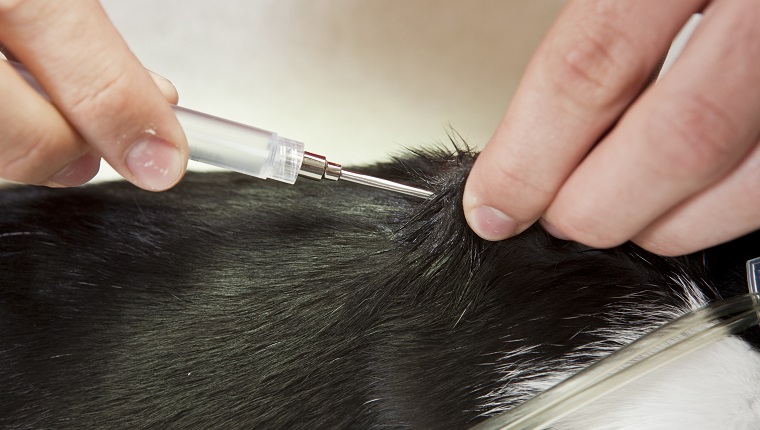
Remember the olden days when every cat wore a necklace with a name tag around their neck that also included their humans’ contact details?
Well, think of microchipping as the modern, updated version of that. In the unfortunate case of your cat getting lost, checking for a microchip can be an effective way to track down your information and reunite you with your kitty.
Almost every veterinary office, shelter, and even many police stations have equipment to read your cat’s microchip. If someone turns your lost cat in at any of these facilities, your feline has a far better chance of coming back home to you.
What’s The Microchip Like?
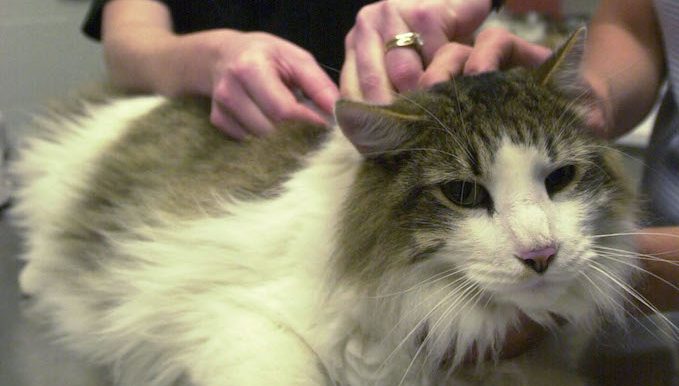
When it comes to microchipping cats, the actual chip is tiny. Think around the size of a small grain of rice.
A vet inserts it under a cat’s skin with the use of a needle, usually between the shoulder blades. And don’t worry — microchips are non-toxic.
Oh, and don’t confuse the microchip with a GPS system. It will not track every movement of your feline’s life.
How Do I Get My Cat Microchipped?

Vets and local shelters are your best bet for getting your cat microchipped.
Costs can vary, but a vet will usually charge around $50 for the process; although, you may get a better deal if you ask for a microchip as part of a regular wellness visit. Your pet’s information will also be added to a database as part of the process.
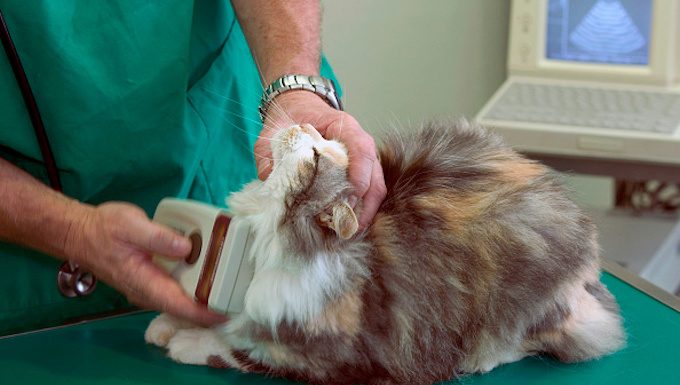
Also, if you adopted your cat from a shelter, go back and check their paperwork. There’s a strong chance your cat is already fully microchipped up.
The next step will be to just update the database with your information, and the shelter can help you do that.
If you’re in search of a low cost option, keep a lookout for shelters and animal organizations running chip-a-thons where discounts are often offered.
Does My Cat Still Need A Tag?
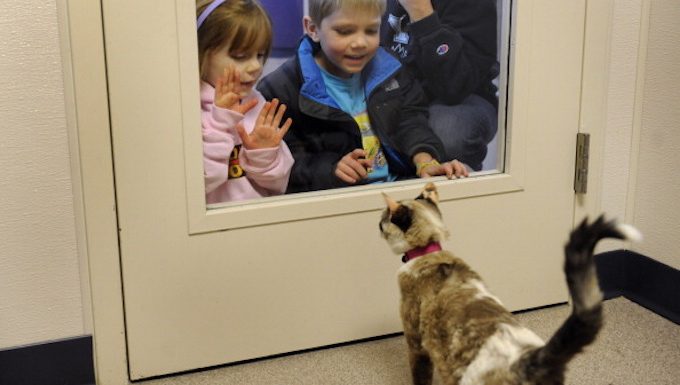
In an ideal situation, yes, your cat should also have a tag!
Microchipping cats can be useful if they get lost and are brought to a rescue or a shelter. However, if an average person finds your cat, they likely won’t have access to a scanner to check for a microchip.
They might not know about microchips or the steps they should take when they find a lost pet. That’s when a name tag with a phone number comes in ever so handy.
Be safe and double up! Never let your cat out without a chip or collar identification.
Does your cat have a microchip? Will you help spread the word for Chip Your Pet Month? Let us know in the comments below!






